
One of the major symptoms of heel spur is the pain in the heel that is relieved with walking. This pain develops when a heel spur presses against the soft tissue surrounding the heel.
Heel Spur Overview
The heel is the largest bone of the foot, which absorbs most of the body’s weight while we are standing or walking. The heel pad is a thick pad of fat that cushions the heel underneath while it sustains shock and pressure. The heel bone also distributes the force of the Achilles tendon to the rest of the foot. Some people develop abnormal growth of bone that extends from the heel bone. This is called a heel spur.
Causes of Heel Spur
A heel spur is made of calcium deposits which develop when the plantar fascia stretches abnormally from the heel area due to stress factors. It is common in people with flat feet or very high arches.
Plantar fasciitis and heel spur are two related but different conditions. Plantar fasciitis develops due to inflammation of the plantar fascia, the thick connective tissue that stretches underneath the sole and attaches at the heel.
People who overstress or overuse the plantar fascia ligament are susceptible to development of heel spurs. Athletes, overweight individuals and women who regularly wear high heeled shoes are at increased risk of heel spur. Additionally, heel spurs can be seen in middle aged people (over 40 years of age), individuals with gout, osteoarthritis or rheumatoid arthritis, those who have history of back pain, weak calf muscles or poor blood circulation.
Symptoms of Heel Spur
The primary symptom of heel spur is the pain in the heel. It is caused by pressure on the soft tissue surrounding bottom of the foot, made by the bony outgrow. This pain tends to extend to other areas of the foot. The pain occurs in the morning upon getting out of bed. It may occur when taking a step after a prolonged period of rest but with walking this pain usually subsides.
Treatment for Heel Spur
There are several steps one can take to relieve the symptoms of heel spurs. This includes taking rest and avoiding activities that aggravate the pain, applying ice packs and performing heel spur exercises. Wearing shoes with cushioned heel or wearing shoe inserts and night splints can also help with heel spur. Anti-inflammatory medications can be used too. Some individuals with heel spur require surgical treatment in which the heel spur or plantar fascia is removed.





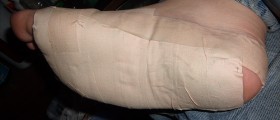


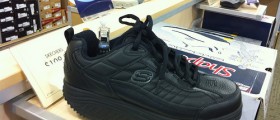
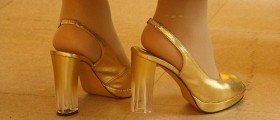
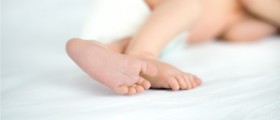

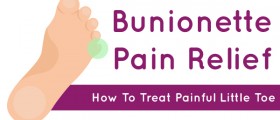
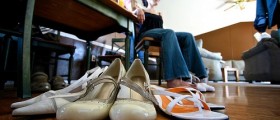

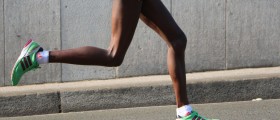

Your thoughts on this
Loading...